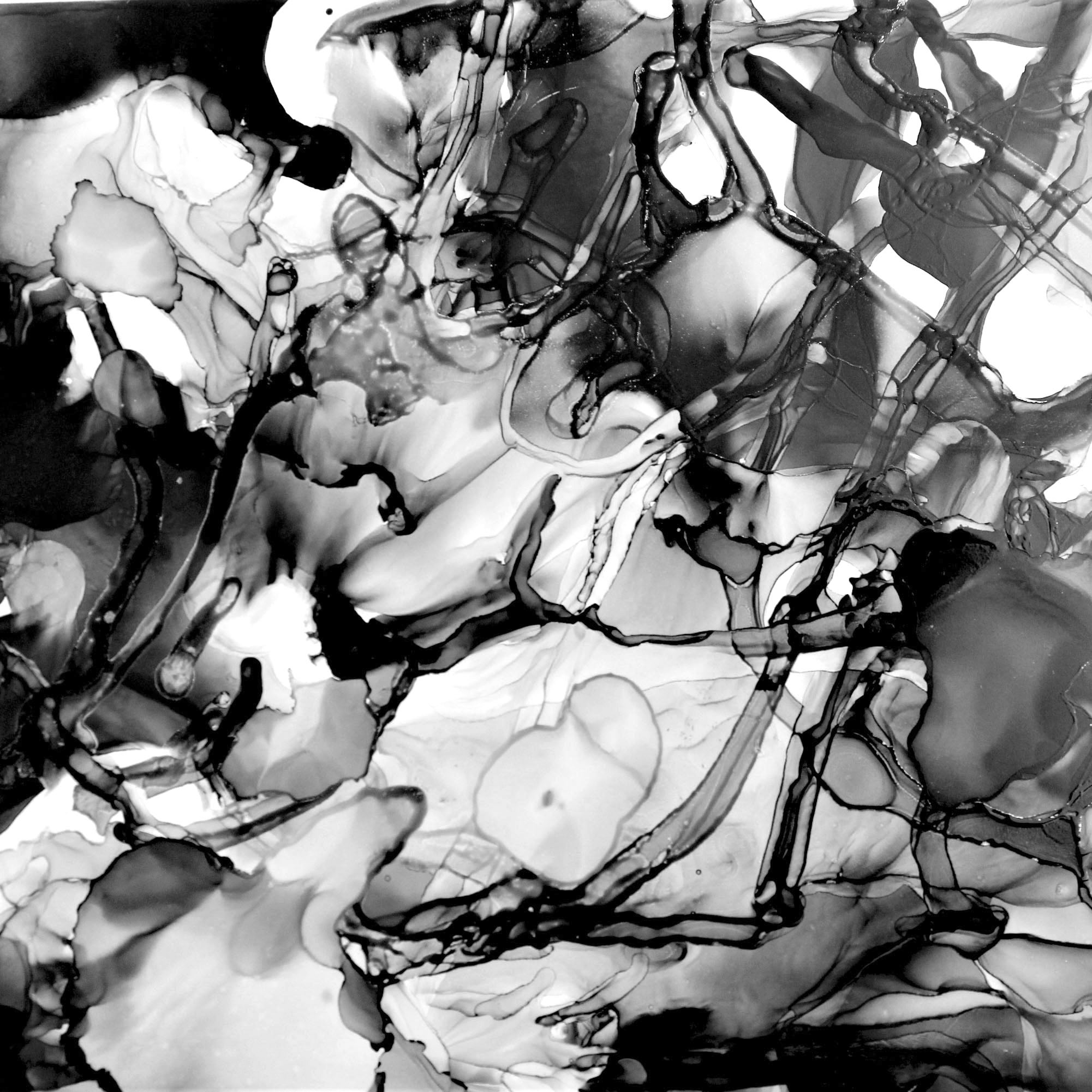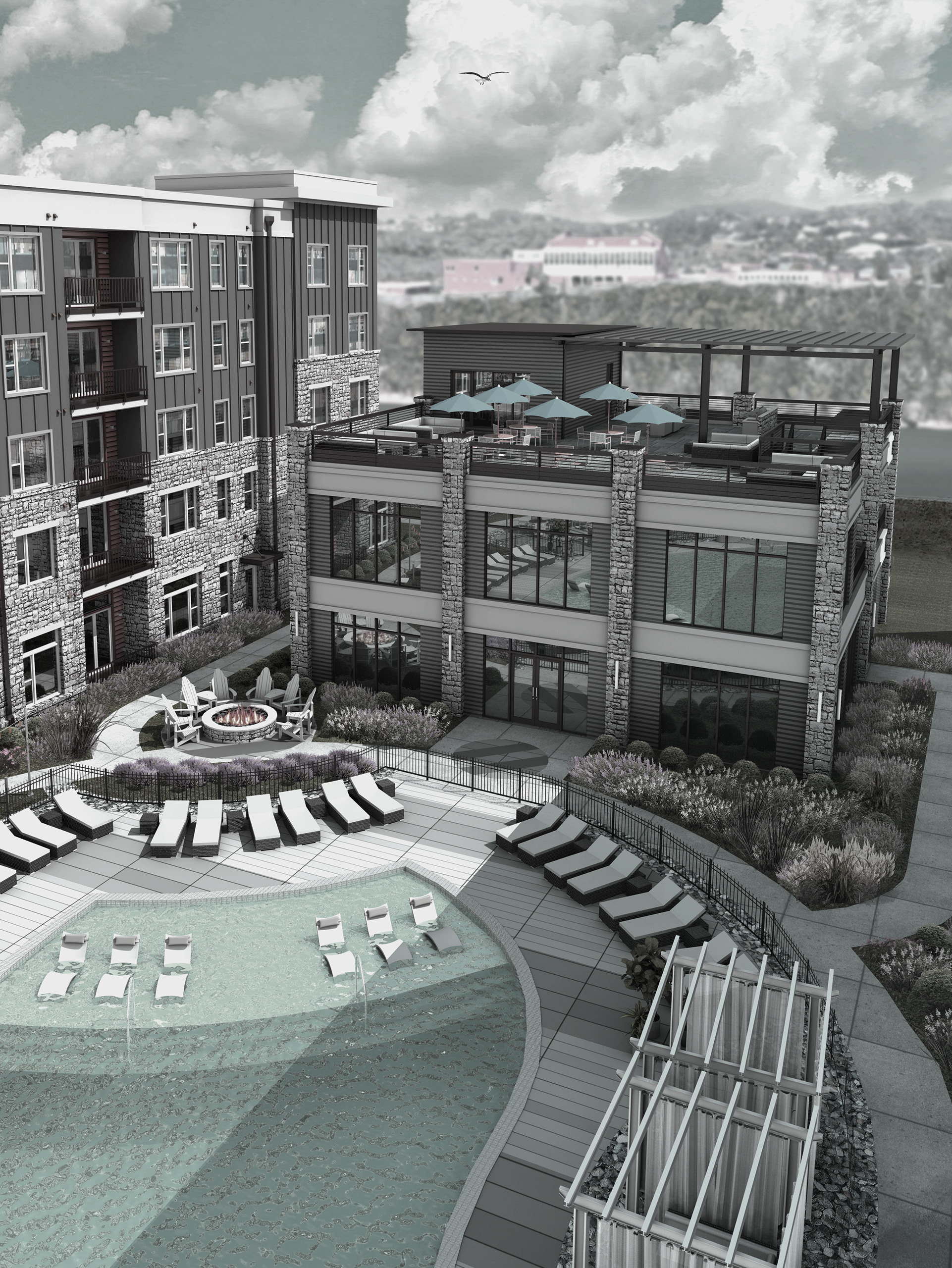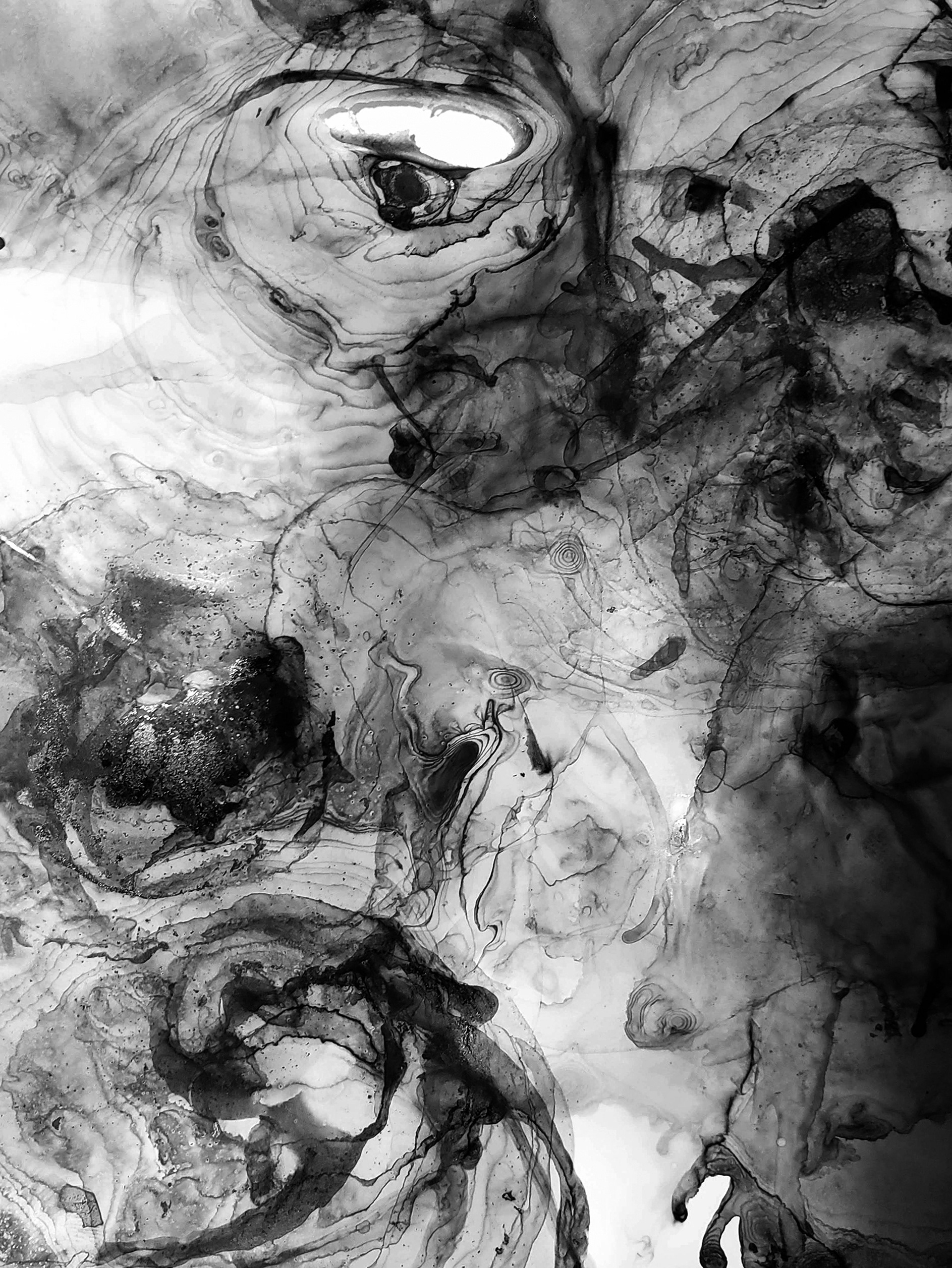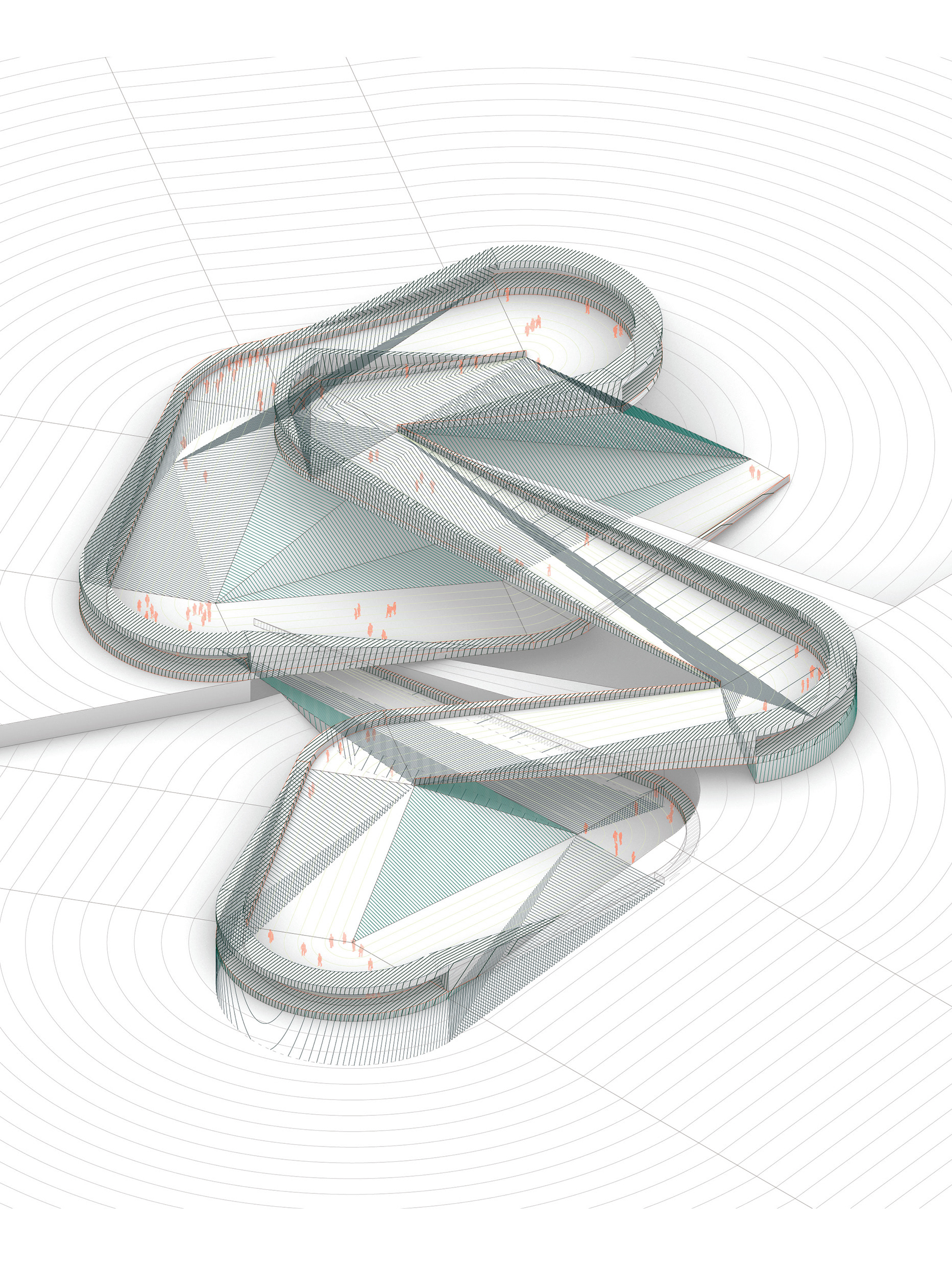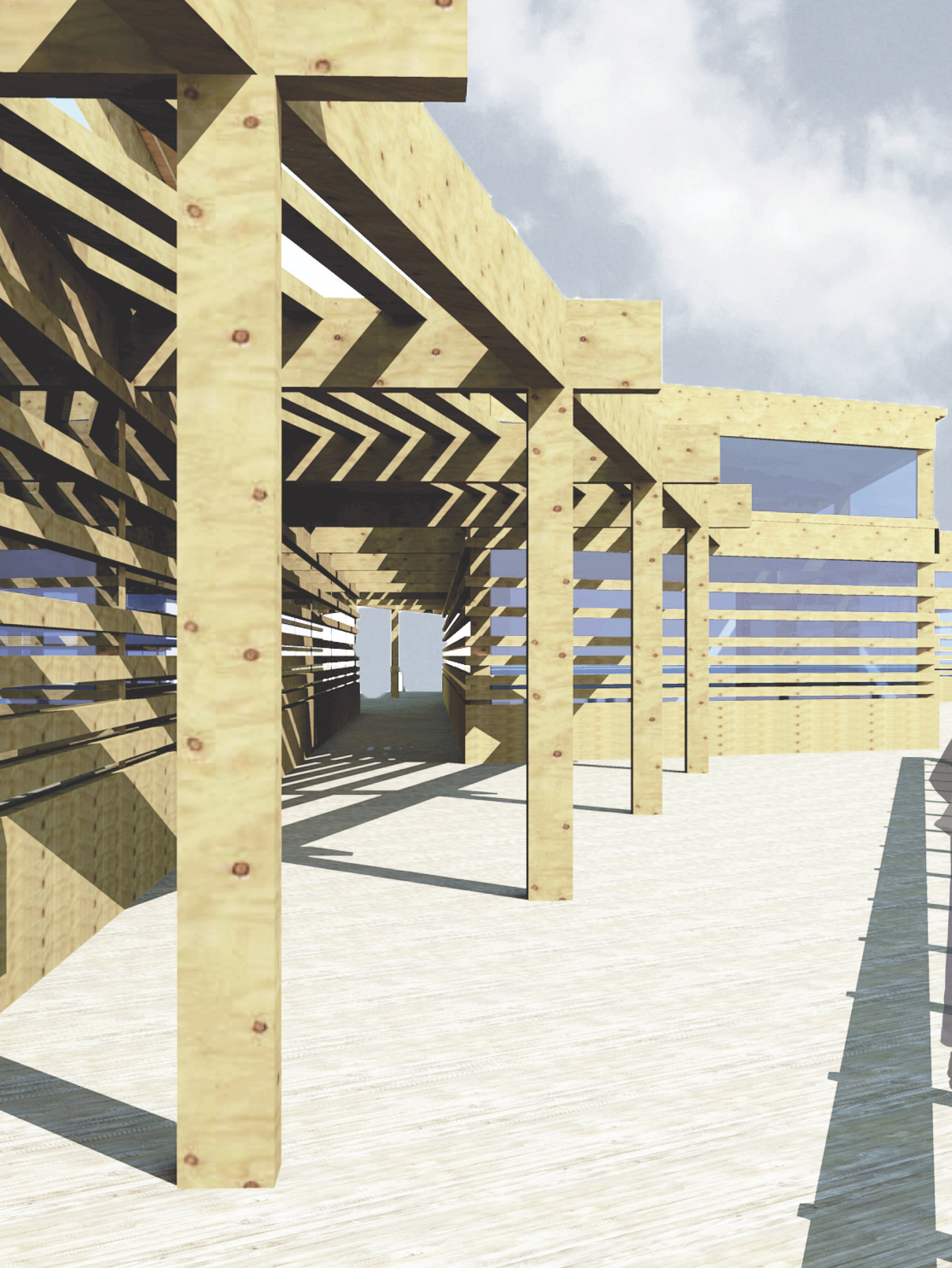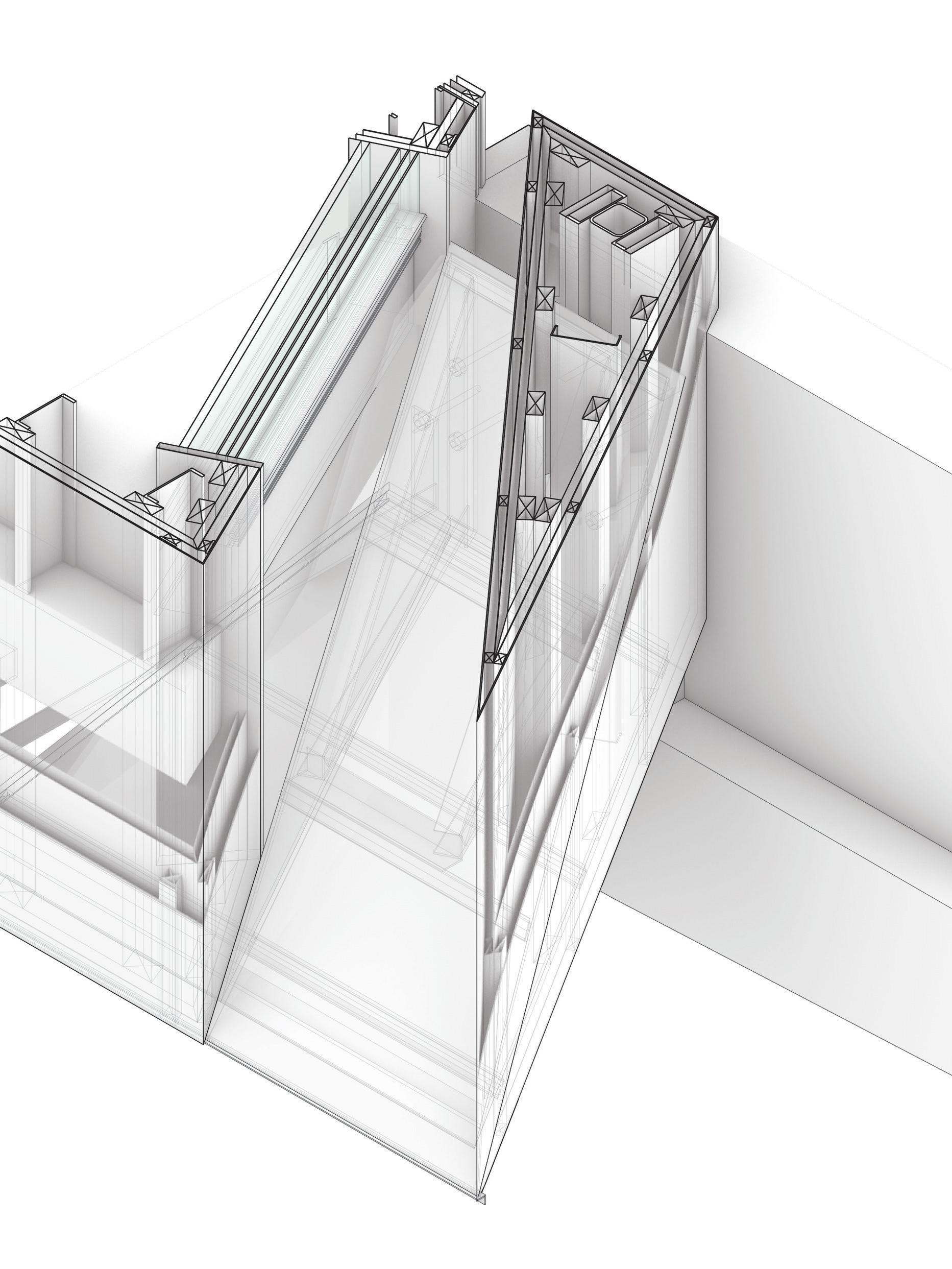Course, Instructor
ARCH 3855, KATHERINE WRIGHT
Collaborator
RIWA HOJEIJ
School
GEORGIA INSTITUTE OF TECHNOLOGY
Year
SPRING 2018
Site
SOUTH HADLEY, MASSACHUSETTS
ARCH 3855, KATHERINE WRIGHT
Collaborator
RIWA HOJEIJ
School
GEORGIA INSTITUTE OF TECHNOLOGY
Year
SPRING 2018
Site
SOUTH HADLEY, MASSACHUSETTS
Each team member conducts a method of mixing. The first uses alcohol inks, rubbing alcohol, and salt. The second uses dish soap, vinegar, baking soda, food coloring, and milk. The two methods are combined, and the third series of mixing involves combining all mentioned materials onto a large acrylic surface to see the complex reactions and patterns that result. Layers of visual information are extracted to be used as tools to further study light and composition. Various aspects of LGBTQ communities within the United States are then explored. Massachusetts exhibits a good foundation of already- existing LGBTQ support systems and would be ideal to place an LGBTQ+ Pride School to ultimately help spread the existing network. Within Massachusetts, three regions are depicted as “rural,” “urban,” and “resort.” Each of these areas are hotspots for LGBTQ+ crowds, particularly when zooming into two cities: Amherst and Boston. Boston, the state’s most densely- populated city, is abundantly sprinkled with LGBTQ resources and is highly supported by LGBTQ + laws. Amherst, a smaller settlement with fewer but some LGBTQ resources, is widely known for its LGBTQ+ atmosphere. Further examining the state of Massachusetts, patterns become evident by subjectively overlaying layers from previous mixing studies onto mappings of Massachusetts. By aligning similarities of composition from the mixing layers with components on the Massachusetts mappings, visual focus is drawn to particular locations on the Massachusetts maps. Wherever pattern continues in the mixing layers draws attention to gaps in which pattern could also continue on the map of Massachusetts. Our site is placed in South Hadley, on the outskirts of Amherst. This location provides accessibility to various resources and allows for the network of Massachusetts’ LGBTQ+ communities to further expand in a new direction.
01 - Work by Suzanne Shorrosh
02 - Work by Riwa Hojeij
03 - Collaborative Work

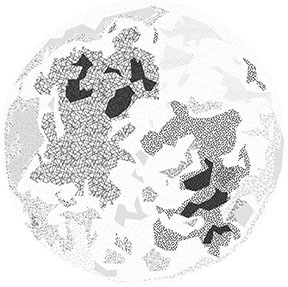

02


01

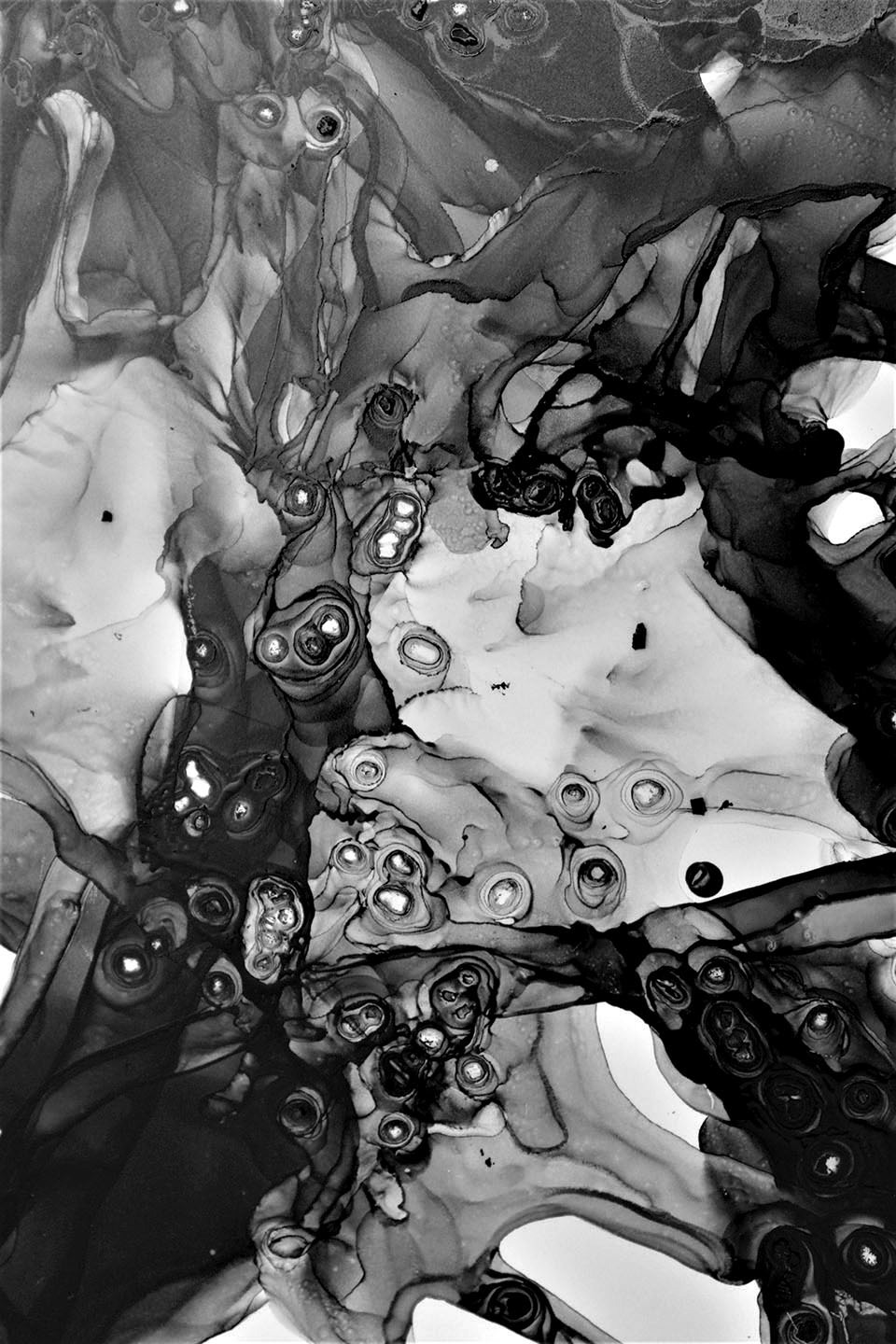

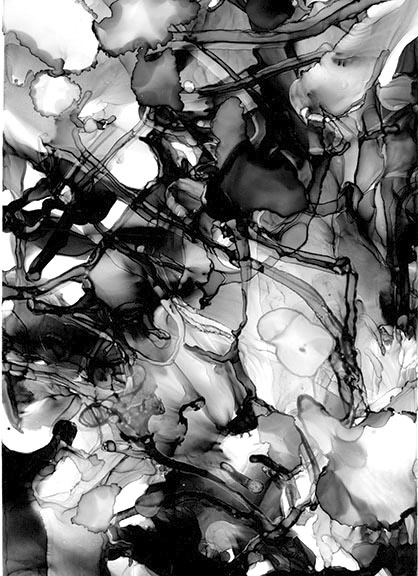
01


03
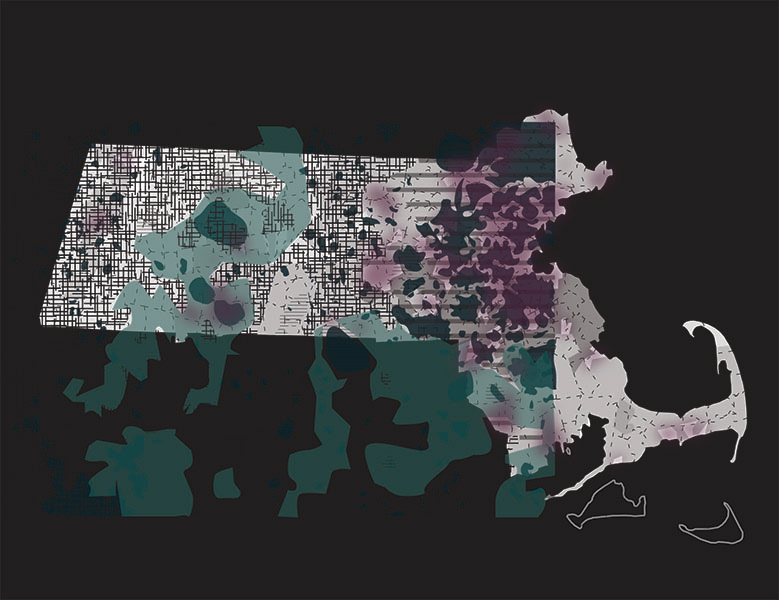
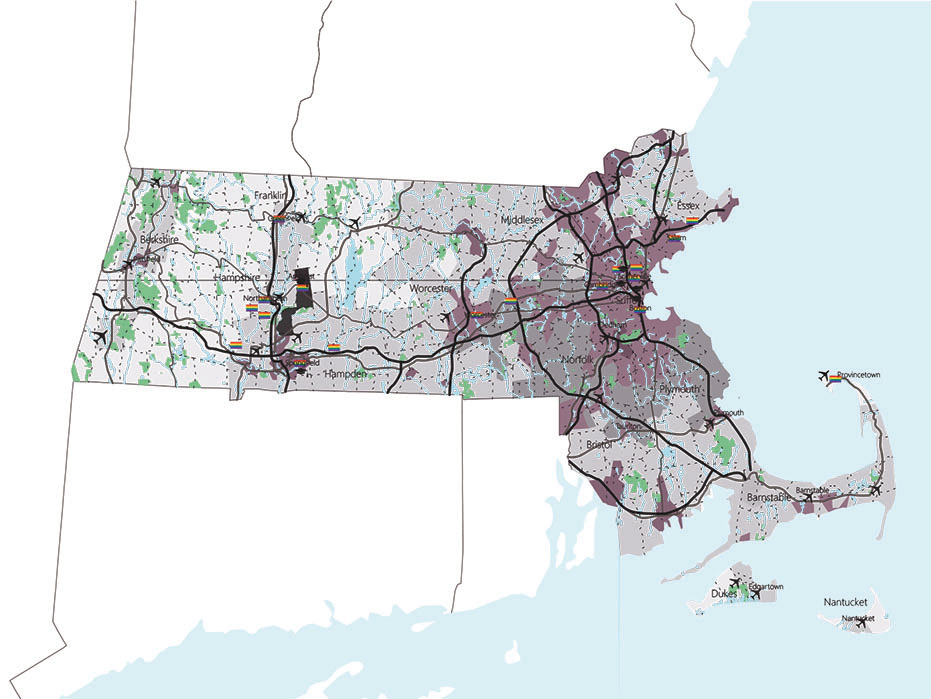
01 - Subjective + Objective Mappings of Massachusetts, United States
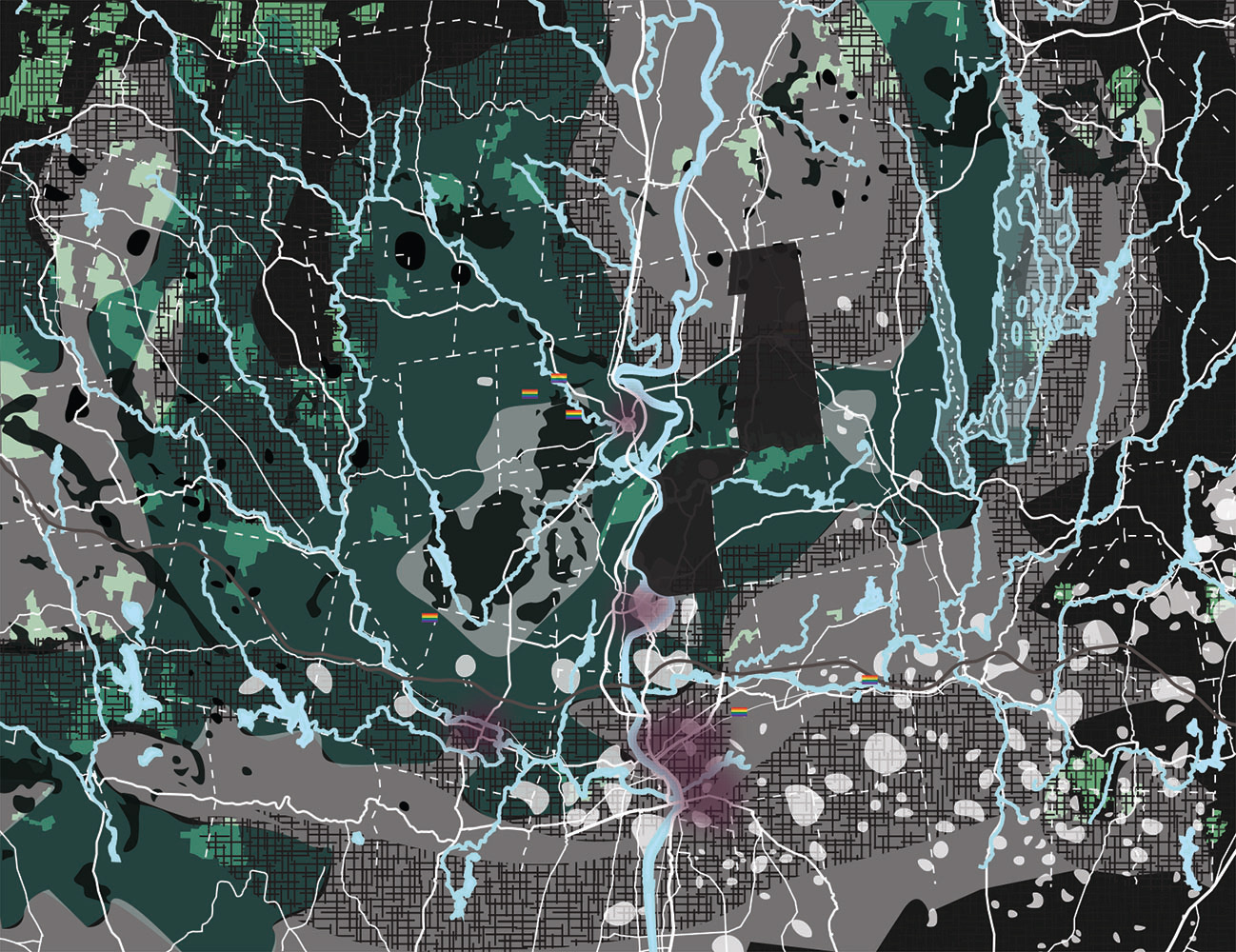
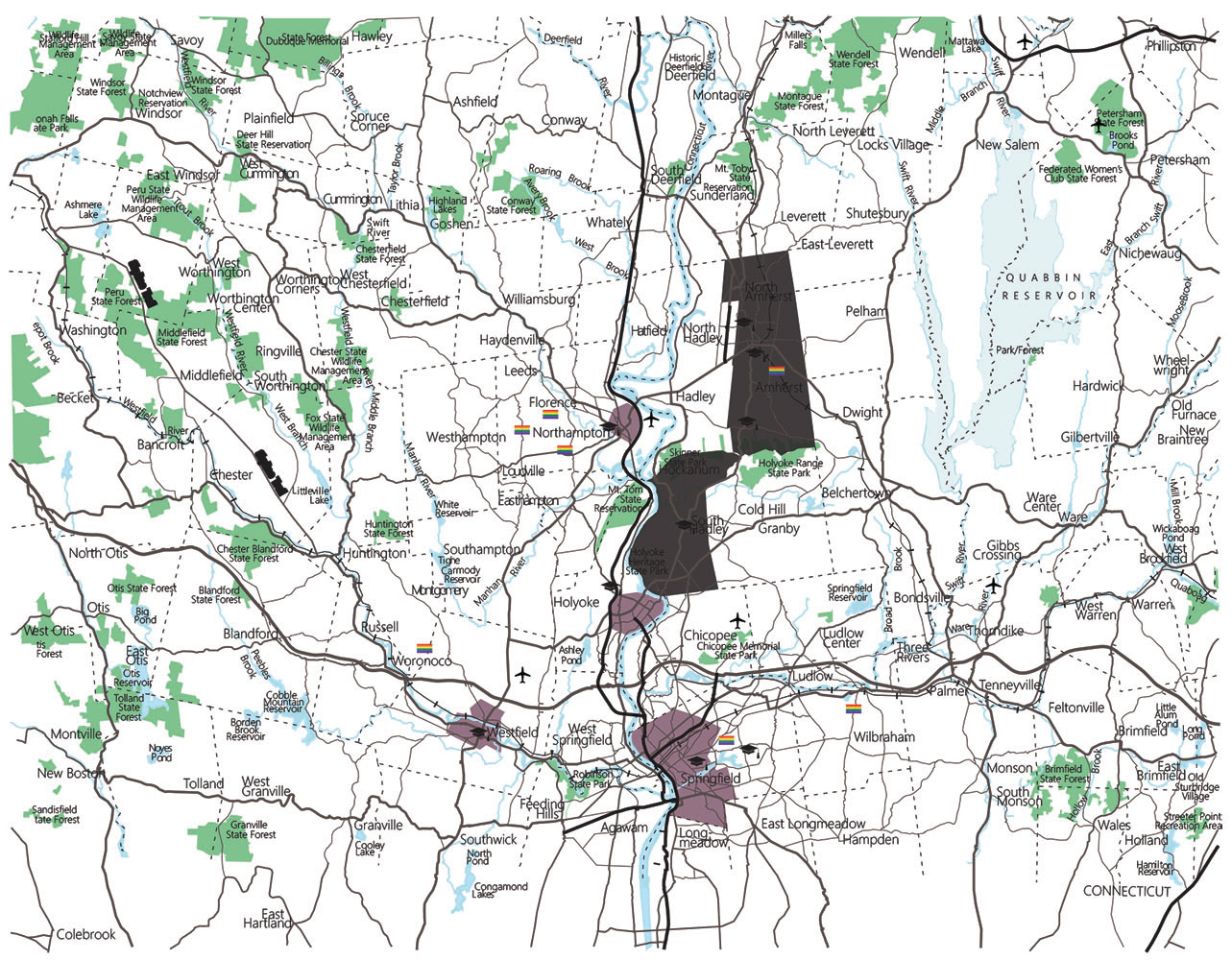
01 - Subjective + Objective Mappings of Amherst and South Hadley, Massachusetts, United States


01 - Subjective + Objective Mappings of Boston, Massachusetts, United States
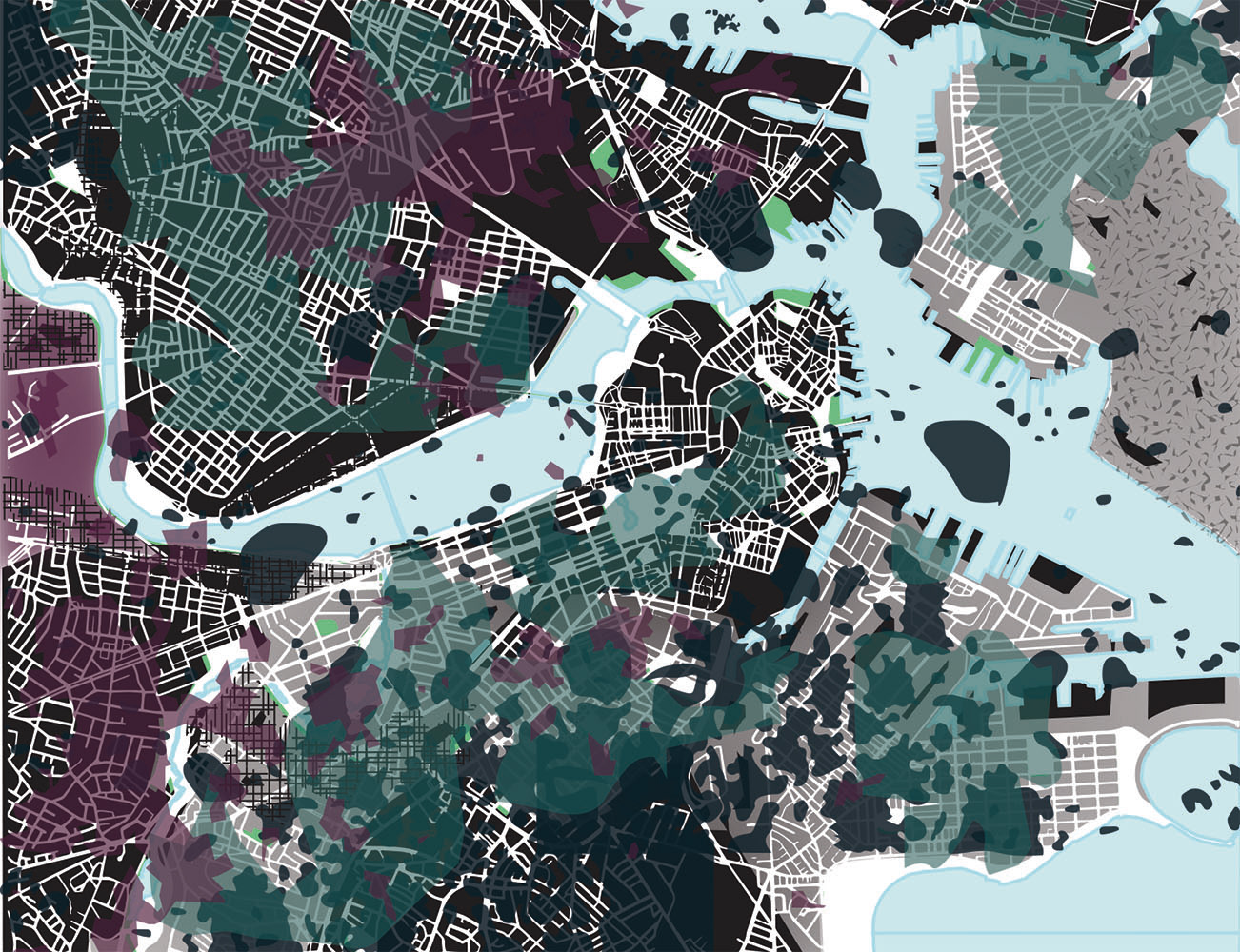
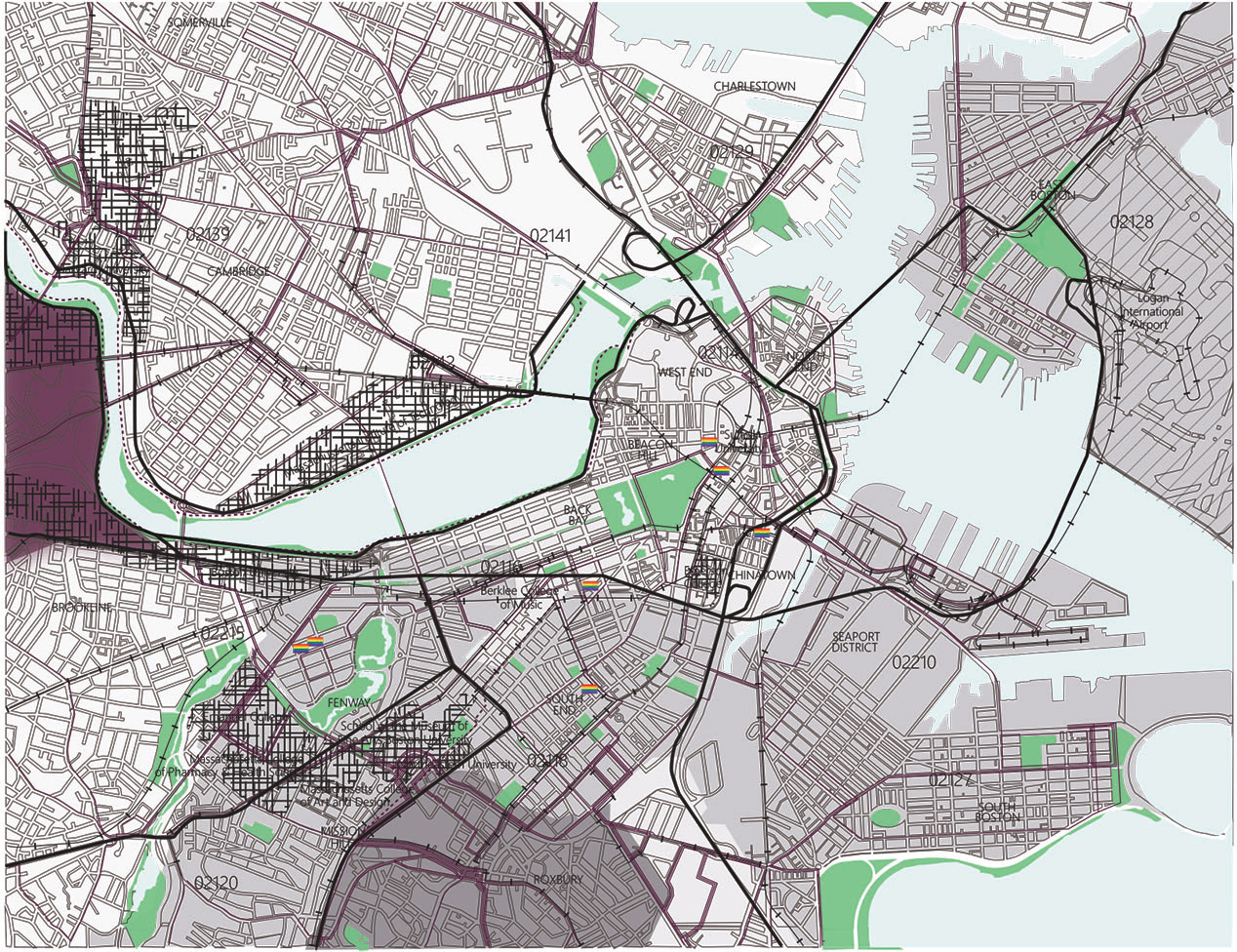
02 - Subjective + Objective Mappings of Boston, Massachusetts, United States

01 - Objective Mappings of Amherst and South Hadley, Massachusetts, United States
Layers of information, as shown through the various mappings, show visual overlaps. This is translated into the building’s de-sign. Overlaps of information, such as public/ private, indoor/ outdoor, program types, and levels of visual accessibility occur. The school is meant to convey overlapping spaces of various actions. These overlaps ultimately mix together. Levels of privacy are represented through transparent, translucent, and opaque materials. The majority of the building is transparent, allowing for views of various spaces from any one spot to create a sense of safety from within the building. It is entwined within a patch of forest. Trees become screens between spaces, allowing nature to become part of the architecture. This is meant to invoke a sense of serenity and safety around the building.

02 - Underlying Composition + Lines of Sight
02 - Program
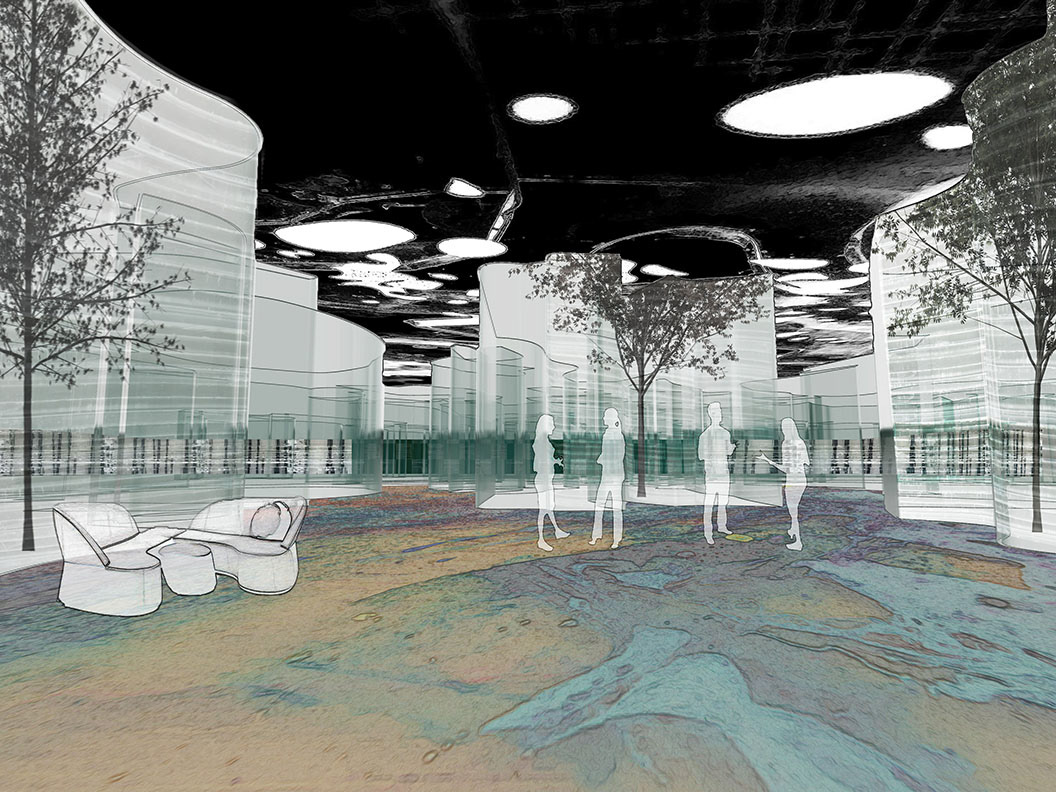
01

02
